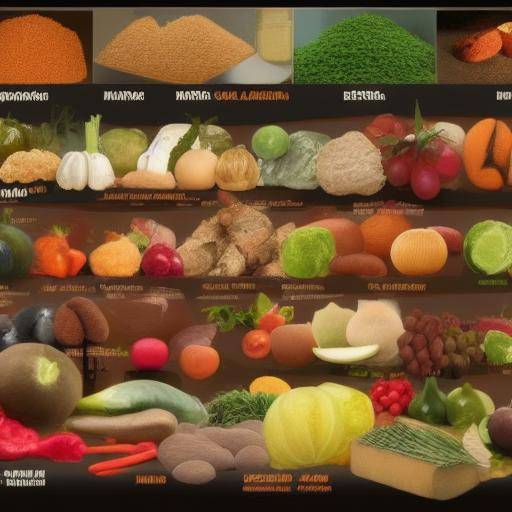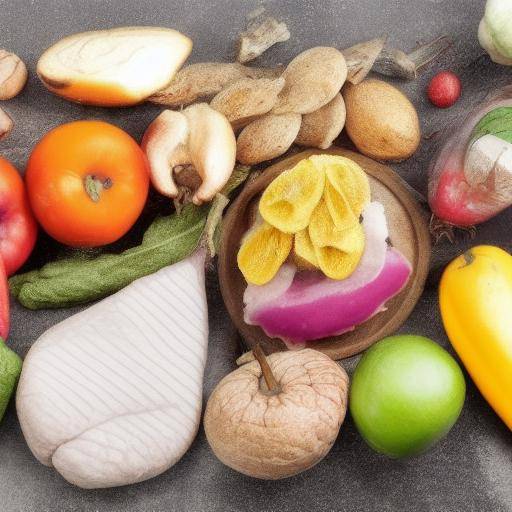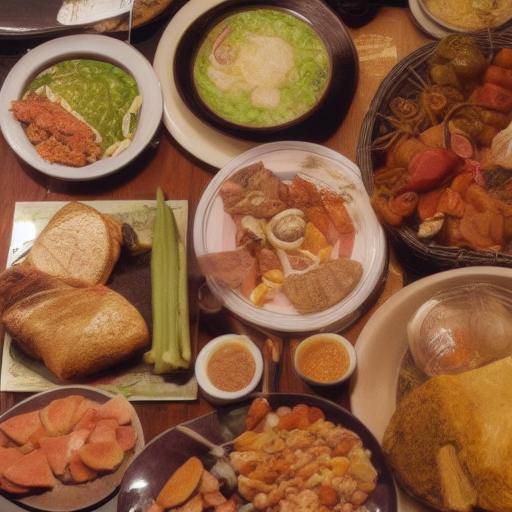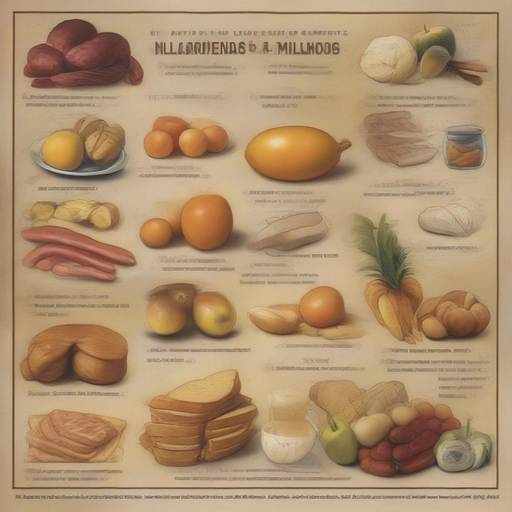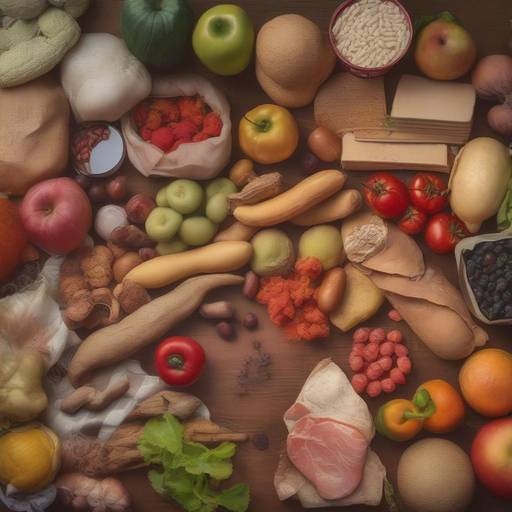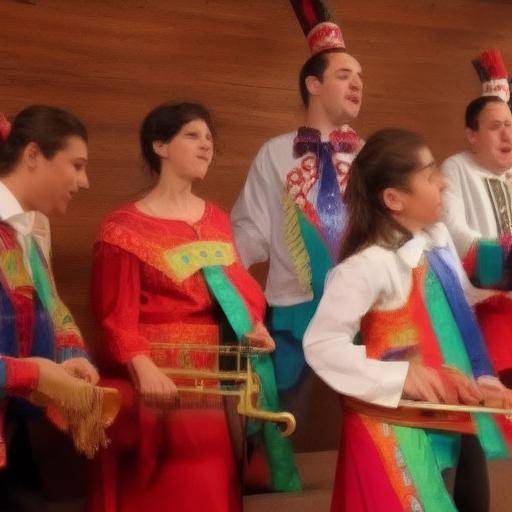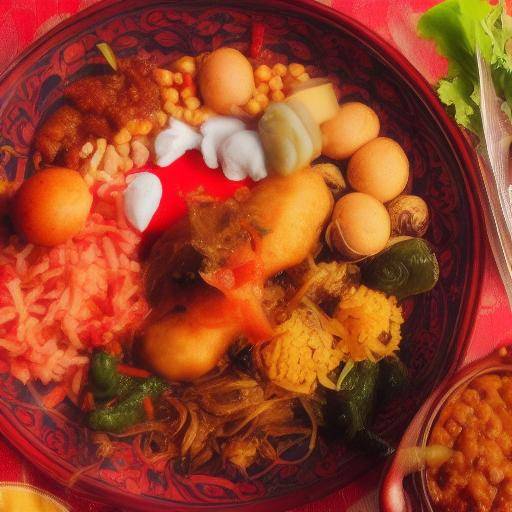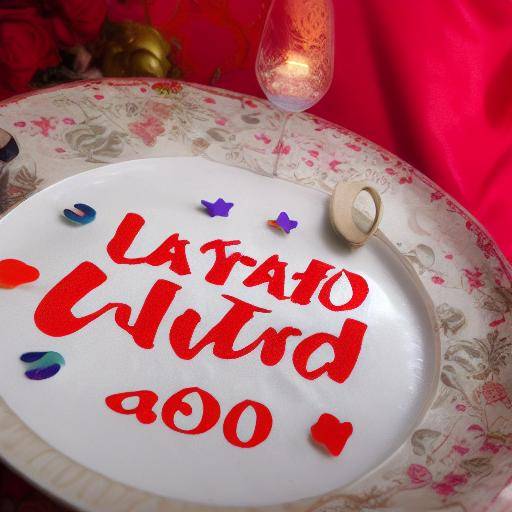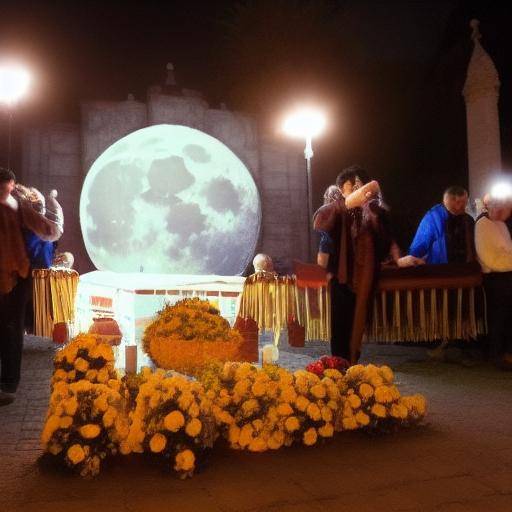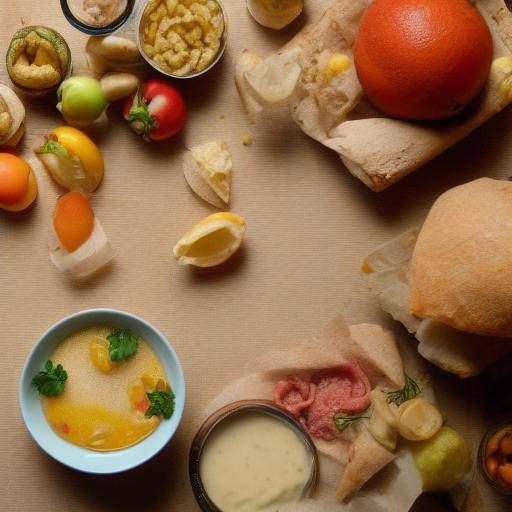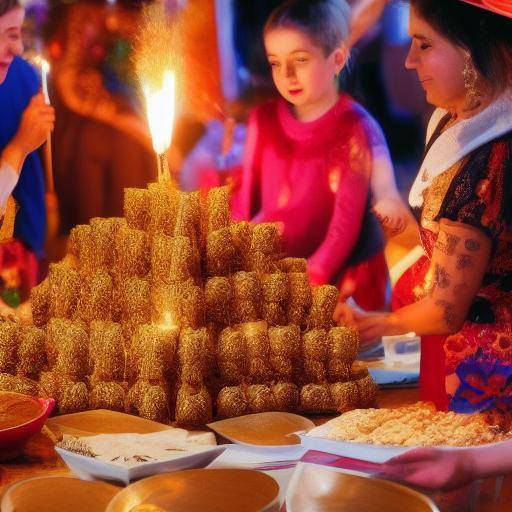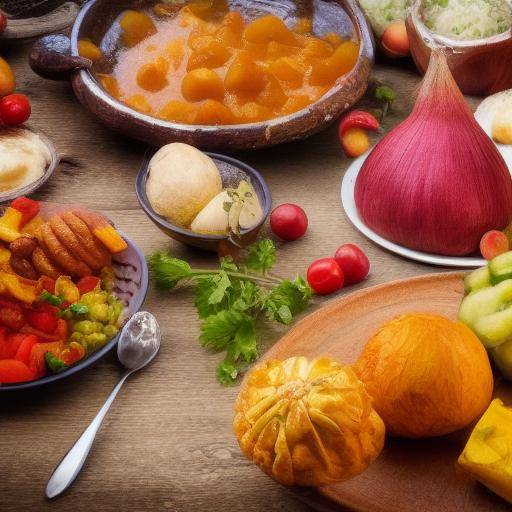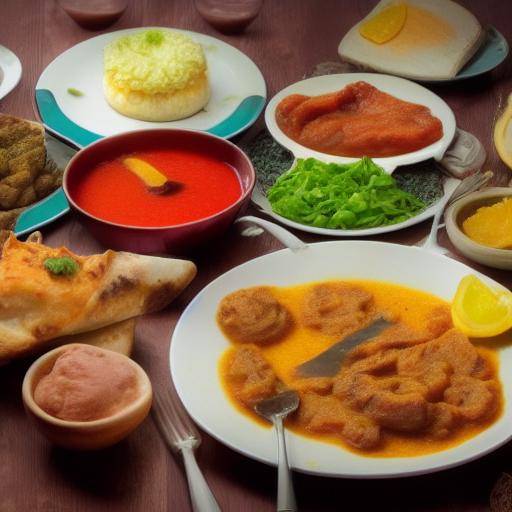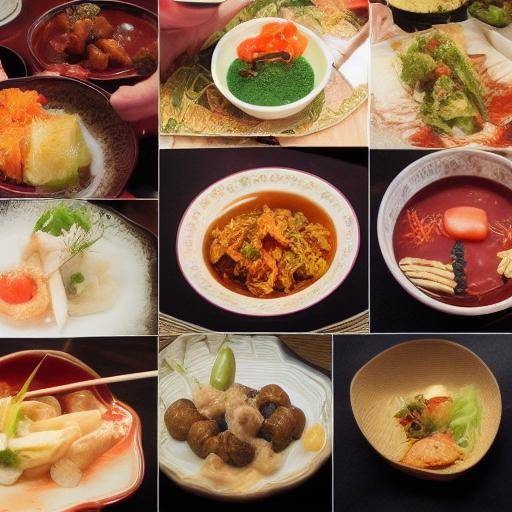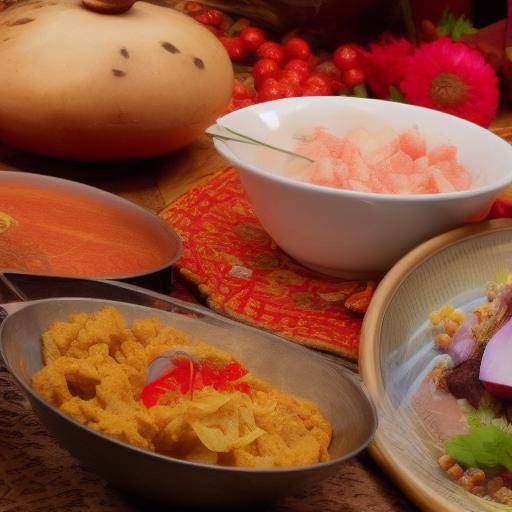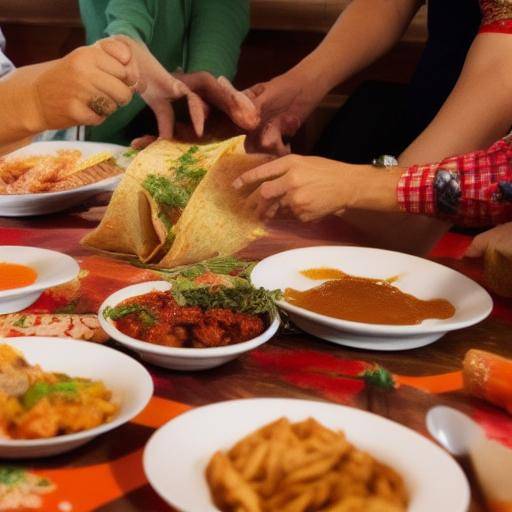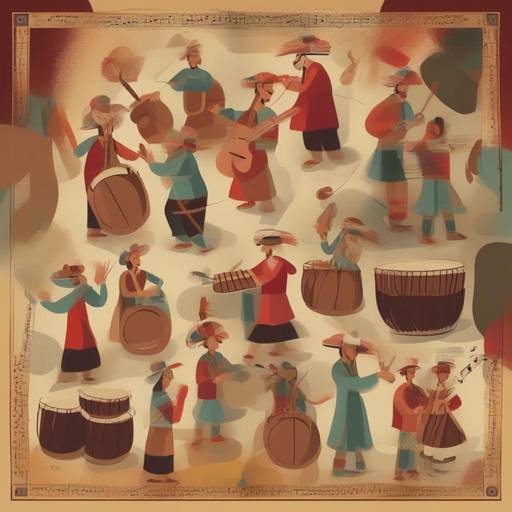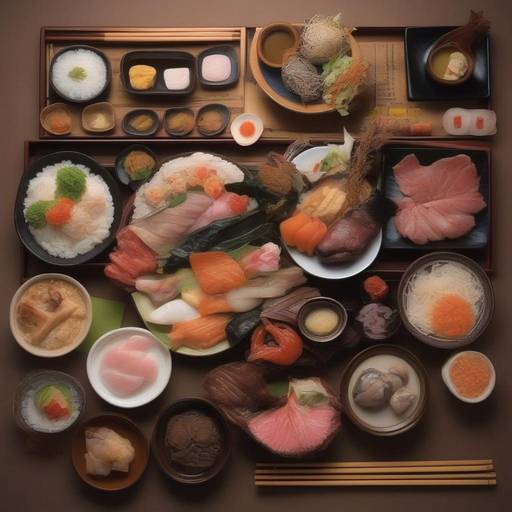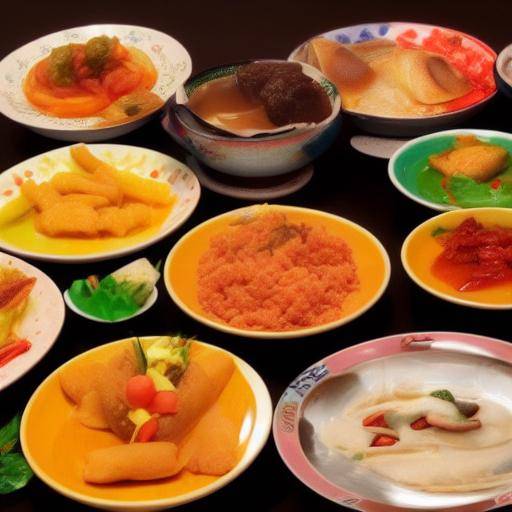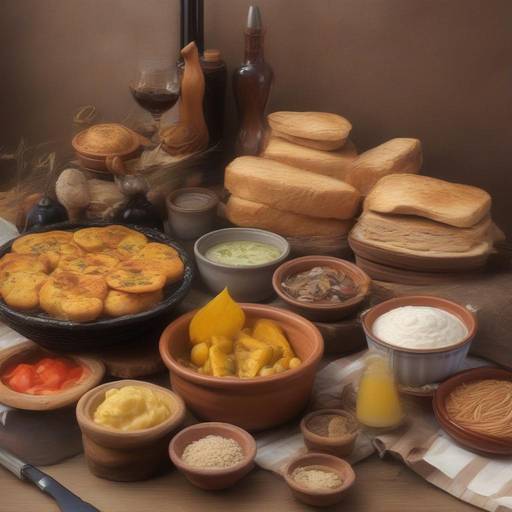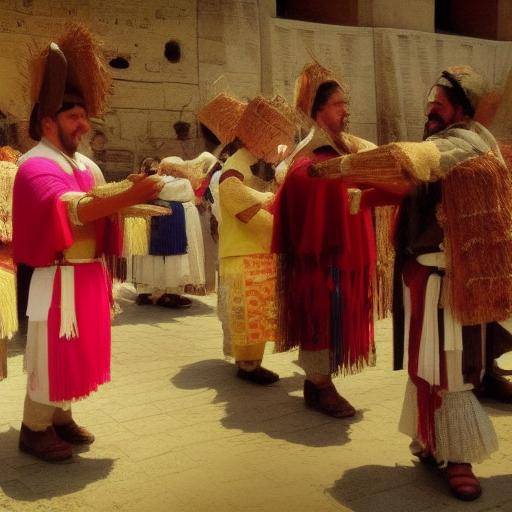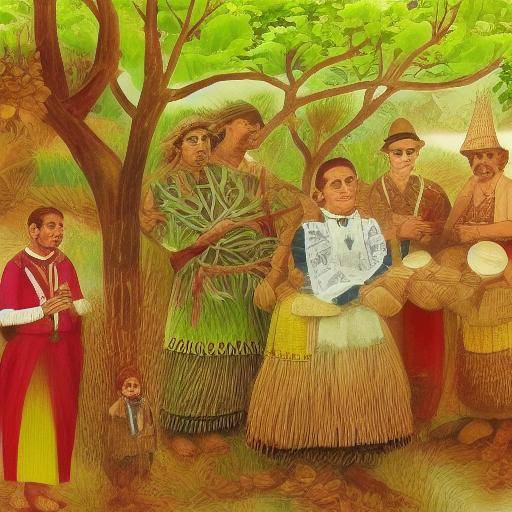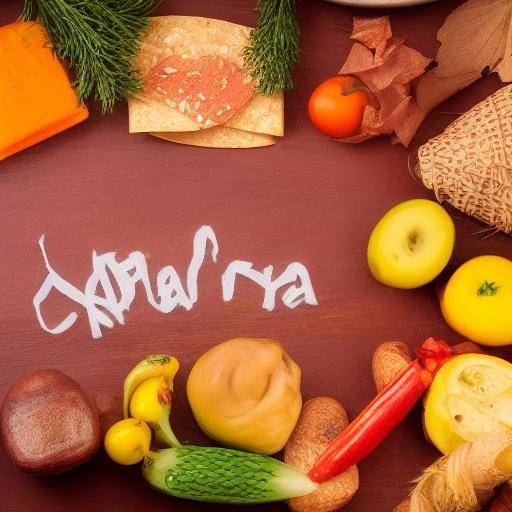
Introduction
The New Year celebration is full of traditions rooted in the culture of different countries around the world. One of the most distinctive features of these holidays is the importance given to food. In this article, we will explore in detail how food plays a crucial role in New Year's traditions, focusing on how different cultures use their gastronomy to welcome the new year. From traditional dishes to deep symbolisms, we will discover how food connects people with their roots and gives them hope and renewal for the future.
History and Background
The relationship between food and New Year's traditions dates back to ancient times. In cultures such as Chinese, great importance is attached to New Year's banquets, where each dish represents specific wishes for the next season. In other parts of the world, as in Spain or Mexico, New Year's Eve dinner is a family gathering where traditional dishes full of symbolism are served, such as the twelve grapes in Spain that represent the wishes for each month of the coming year.
Throughout history, these traditions have remained alive, merging cultural roots with modern influences. Food, therefore, acts as a bridge between the past and the future, preserving the wealth of a community while adapting to changes.
Detailed Analysis
Food plays a vital role in New Year's traditions. Beyond being a source of nutrition, the dishes served at this time are loaded with symbolism and emotional significance. In China, for example, fish is served whole during New Year's dinner to symbolize a successful start and end. Similarly, in Italy, lentils are used to represent good fortune and prosperity in the coming year.
In addition, food traditions vary widely according to geography and history. While in some places the lush and elaborate dishes are preferred, in others the family recipes transmitted from generation to generation are more valued. This is how food becomes a way of expressing identity and cultural roots.
Comprehensive review
In a comparative approach, it is clear that New Year's traditions and food have a profound impact on how people relate to their origins and are projected into the future. The New Year’s holidays, regardless of their geographical location, share a common approach to welcoming the incoming cycle with hope and positivism, reflected in the shared food.
As societies evolve, it is interesting to note how culinary traditions adapt and intertwine with new trends and lifestyles. Modern culinary innovations, such as merged food or vegetarian dishes, also find their space at New Year celebrations, enriching established traditions and offering new symbolic interpretations.
Practical Tips and Accessible Advice
To participate and fully enjoy the meaning of food in the traditions of New Year, it is useful to learn about the typical dishes of each culture, its symbolism and how they are prepared. Taking advantage of this opportunity to experiment with new recipes and flavors can enrich the experience and promote greater cultural understanding.
Practical advice:
- Research on traditional dishes from different cultures.
- Be encouraged to prepare a typical New Year recipe from another region.





